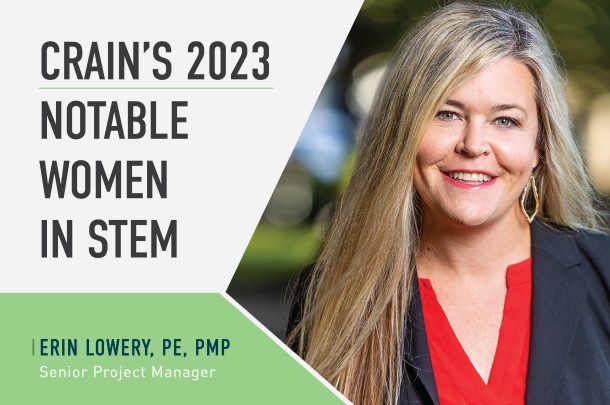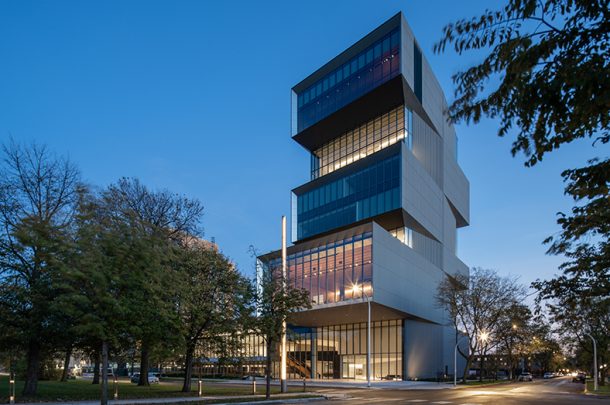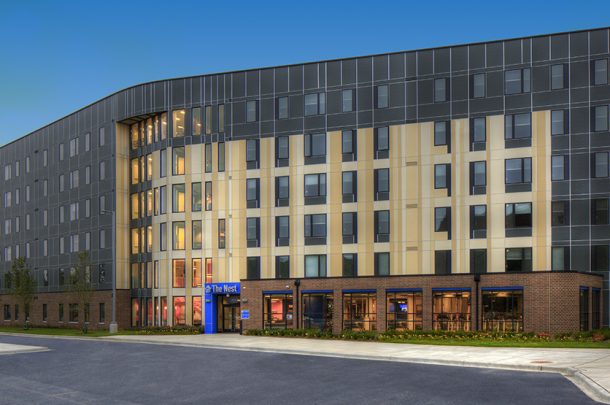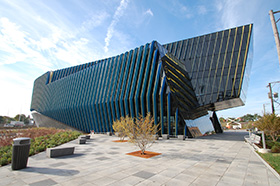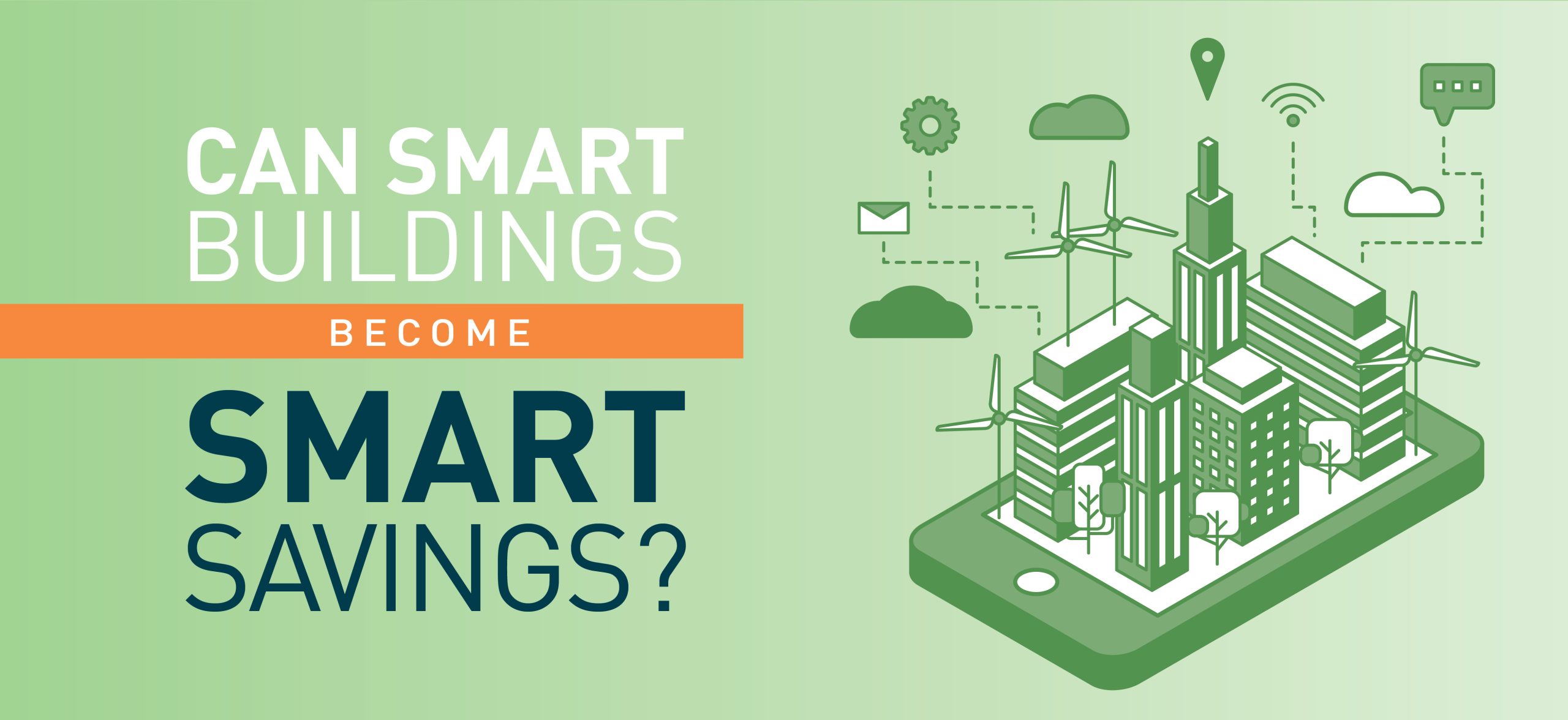
Smart technology has significantly transformed the way building systems operate, making them more efficient, convenient, and environmentally friendly. Smart buildings allow owners to capitalize on digital innovations while providing better, safer, and more flexible spaces for occupants. Investing in smart technologies may require higher costs upfront, but some of the benefits can far outweigh the initial investment depending on your goals. This article will provide an overview of some of the latest smart technologies for building systems and also highlight a hypothetical case study that will provide a more in-depth understanding of the process of implementing such technologies.
Below are some examples of smart technology solutions for building systems:
- Building Automation Systems (BAS): BAS is a centralized system that monitors and controls various building systems, including HVAC (Heating, Ventilation, and Air Conditioning), lighting, security, and more. It optimizes energy usage, enhances occupant comfort, and reduces operational costs by coordinating these systems based on occupancy and environmental conditions.
- HVAC Control Systems: Smart HVAC systems use sensors to monitor temperature, humidity, occupancy, and other factors. They adjust heating, cooling, and ventilation in real-time to maintain optimal conditions while minimizing energy consumption.
- Lighting Control Systems: These systems use sensors and timers to regulate lighting based on natural light availability and occupancy. This reduces energy waste and improves the overall efficiency of lighting systems.
- Energy Management Systems (EMS): EMS tracks energy consumption patterns and provides insights to building managers for optimizing energy usage. It can suggest adjustments in real-time to reduce peak demand and overall energy consumption.
- Smart Metering: Smart meters provide real-time data on electricity, water, and gas consumption. This data enables building managers to monitor usage, identify anomalies, and implement measures to reduce wastage.
- Security and Access Control: Smart security systems use biometric access control, facial recognition, and Internet of Things (IoT)-enabled surveillance cameras to enhance building security. These systems can also send alerts in case of unauthorized access or suspicious activities.
- IoT Sensors: IoT sensors collect and transmit data on temperature, humidity, air quality, occupancy, and more. This data helps optimize building systems for comfort and efficiency.
- Occupancy and Space Management: IoT sensors can determine which spaces are occupied and to what extent. This information is valuable for adjusting lighting, HVAC, and cleaning schedules to match actual usage patterns.
- Smart Windows: Windows with built-in sensors can adjust tint and opacity based on sunlight intensity, reducing the need for artificial lighting, and managing solar heat gain.
- Water Management Systems: Smart water systems can detect leaks, monitor water quality, and control irrigation systems to prevent water wastage.
- Waste Management: Sensors in waste bins can signal when they are full, optimizing waste collection routes and reducing unnecessary pickups.
- Predictive Maintenance: Using data from sensors and machine learning algorithms, building systems can predict when equipment might fail and schedule maintenance proactively, minimizing downtime and reducing repair costs.
- Renewable Energy Integration: Smart buildings can incorporate solar panels, wind turbines, and energy storage systems to generate and store clean energy. These systems can be optimized based on real-time energy needs and availability.
- Virtual Assistants and Voice Control: AI-powered virtual assistants can control various building systems through voice commands, providing occupants with a seamless and convenient way to interact with their environment.
In many cases, these systems are integrated by a Master Systems Integrator (MSI) following guidelines offered by the Construction Specifications Institute standards for Integrated Facility Management Systems, also known as Division 25 specifications. The integration of these smart technologies into building systems not only enhances efficiency and reduces costs but also contributes to sustainability and improved occupant well-being. It’s important to design and implement these technologies thoughtfully to ensure they align with the specific needs and goals of each building.
Hypothetical Case Study: Smart Building Retrofit for Energy Efficiency (2022-2023)
Background: In 2022, a commercial office building in a major urban center underwent a comprehensive smart building retrofit to enhance energy efficiency, occupant comfort, and operational cost savings.
Goals:
- Reduce energy consumption by 25% within the first year.
- Improve indoor air quality and occupant comfort.
- Implement predictive maintenance strategies to reduce downtime and maintenance costs.
- Integrate renewable energy sources to partially offset energy demand.
Smart Technologies Implemented:
- Building Automation System (BAS) Upgrade: The existing BAS was upgraded to a cloud-based system that integrated HVAC, lighting, and security systems. This allowed for centralized control, real-time monitoring, and data analytics.
- IoT Sensors: Occupancy and environmental sensors were strategically placed throughout the building to monitor temperature, humidity, CO2 levels, and occupancy patterns. These sensors provided real-time data to optimize HVAC and lighting systems based on actual usage.
- Energy Management and Predictive Analytics Platform: An advanced energy management platform was implemented to analyze energy consumption patterns and identify opportunities for optimization. Predictive analytics were used to forecast equipment maintenance needs.
- Renewable Energy Integration: The building’s rooftop was equipped with solar panels, generating renewable energy to supplement the building’s power needs. Smart inverters were used to optimize energy conversion.
- Occupant Engagement App: An app was developed for occupants to interact with the building. It allowed them to control lighting and temperature in their workspaces, receive notifications about energy-saving tips, and provide feedback on comfort levels.
Results:
- Energy Reduction: By the end of the first year, the building achieved a reduction in energy consumption compared to the previous year.
- Improved Comfort: Occupant surveys indicated a significant improvement in comfort levels due to personalized control over lighting and temperature.
- Predictive Maintenance: The predictive maintenance strategy resulted in a significant reduction in equipment downtime and a decrease in maintenance costs.
- Renewable Energy Contribution: The integrated solar panels generated a portion of the building’s total energy consumption, leading to reduced reliance on the grid.
- Operational Cost Savings: The combination of reduced energy consumption, lower maintenance costs, and operational efficiencies resulted in an overall reduction in operational expenditures.
Lessons Learned:
- Collaboration between building management, technology providers, and occupants is essential for successful implementation and adoption of smart building technologies.
- Continuous monitoring and data analysis are crucial for identifying further optimization opportunities and ensuring long-term performance.
- While technology is important, occupant engagement and comfort should remain a central focus in smart building projects.
- The initial investment in smart technologies can be offset by long-term operational savings and enhanced building value.
Please note that this case study is a fictional scenario based on the potential developments that could have occurred in the field of smart building technology since 2022.
Primera is currently involved with several projects that are looking to employ smart technology with the design team working closely with the building owners and future occupants to establish the preferred use cases and cost benefits of the deployment. If you’re looking to identify opportunities to lower costs, Primera’s experts can help. Reach out to Ken Panucci at kpanucci@primeraeng.com for more information.





 Smart Glass Benefits
Smart Glass Benefits 

